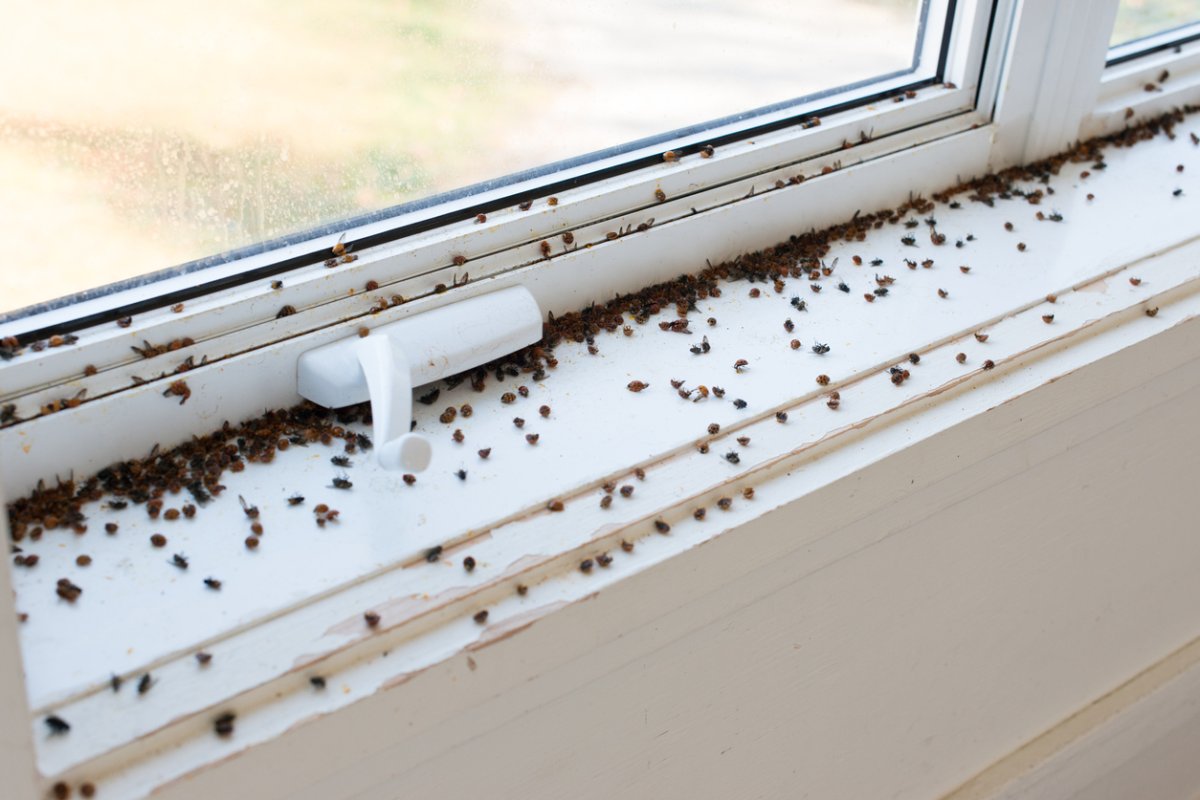We may earn revenue from the products available on this page and participate in affiliate programs. Learn More ›
What You Need to Know
- Identifying the type of insect that you have can make it easier to pinpoint a solution, whether it’s DIY or professional pest control.
- Tiny black bugs in the house near the window are most likely ants, drain flies, house flies, phorid flies, gnats, clover mites, carpet mites, carpet beetles, or booklice.
- Keeping the window sill clean and free of moisture and filling cracks where pests can enter may help eliminate infestations.
- If DIY methods are unsuccessful, it’s a good idea to have a pest control professional treat the home to get rid of these pests.
Finding tiny black bugs in the house, especially near windows, can be an unsettling experience. These pests may be harmless nuisances like ants or carpet beetles, or they could signal a larger pest infestation that requires immediate attention.
Understanding what type of bugs have invaded your home, what attracts them, and how they’re getting inside is key to removing them quickly and preventing future problems. This guide covers common household bugs, effective removal methods, and prevention strategies to keep your home pest-free. If the infestation persists, a professional pest control service may be the best solution to eliminate the issue for good.
Identifying Tiny Black Bugs
For those who aren’t entomologists, distinguishing small black bugs in the house can be tricky. Many species look alike, but these key features help with identification:
- Size: Tiny black bugs that look like specks of dirt look much different from bugs over a millimeter long.
- Color: Some insects that seem black from a distance actually appear dark red, brown, or gray up close.
- Patterns & texture: Unique markings or body textures can set certain bugs apart.
- Body structure: Ants have three body segments, while ticks only have two.
- Legs: Insects have six legs, while arachnids (like spiders and ticks) have eight.
- Wings: Whether or not the bugs have wings can help narrow down the type.
By noting these characteristics, you can more easily determine which tiny pest has invaded your home.
Types of Small Black Bugs
1. Ants
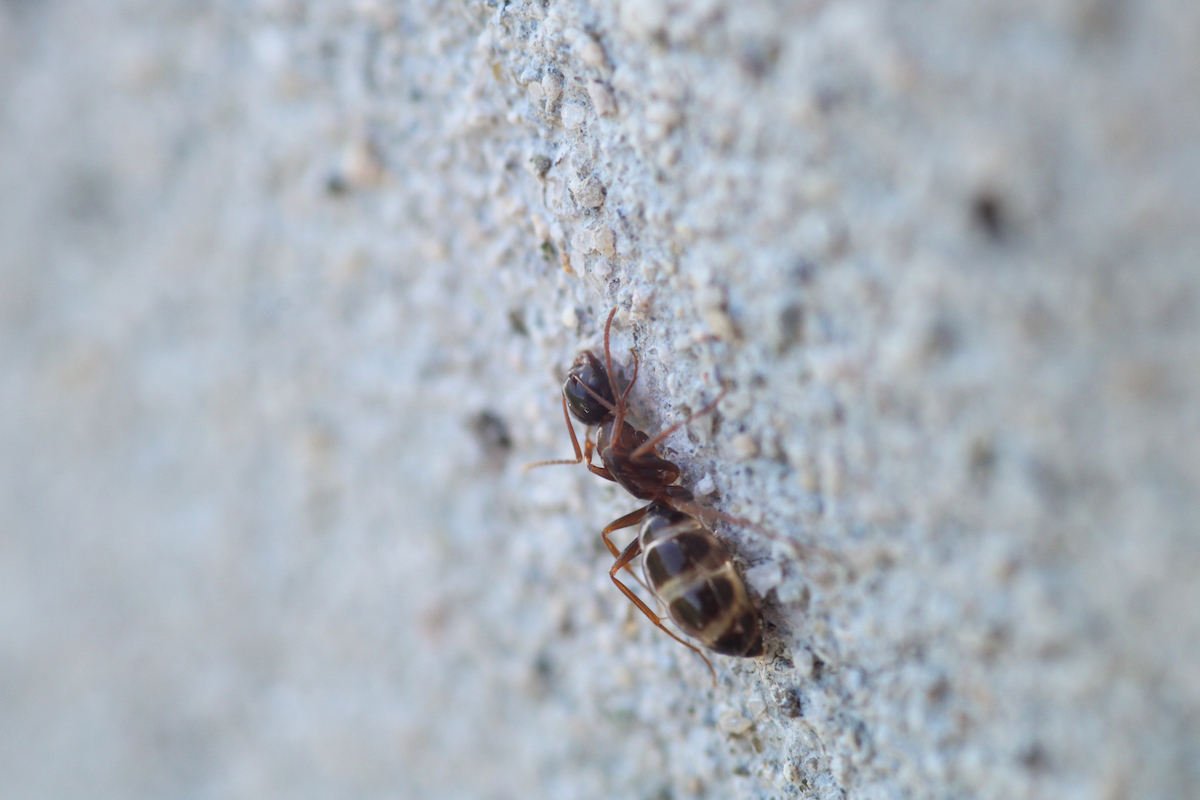
Ants are one of the most common household pests, often entering homes through tiny cracks in search of food and water. Different types of ants may be found near windows:
- Carpenter ants: These large black ants tunnel through wood, potentially causing structural damage.
- Little black ants: These tiny ants form large colonies and often invade kitchens and bathrooms.
- Fire ants: Recognizable by their reddish color, fire ants are aggressive and can sting, causing painful welts.
To manage an infestation, it’s important to seal entry points, clean surfaces to remove scent trails, and use bait traps to eliminate colonies.
2. Flies
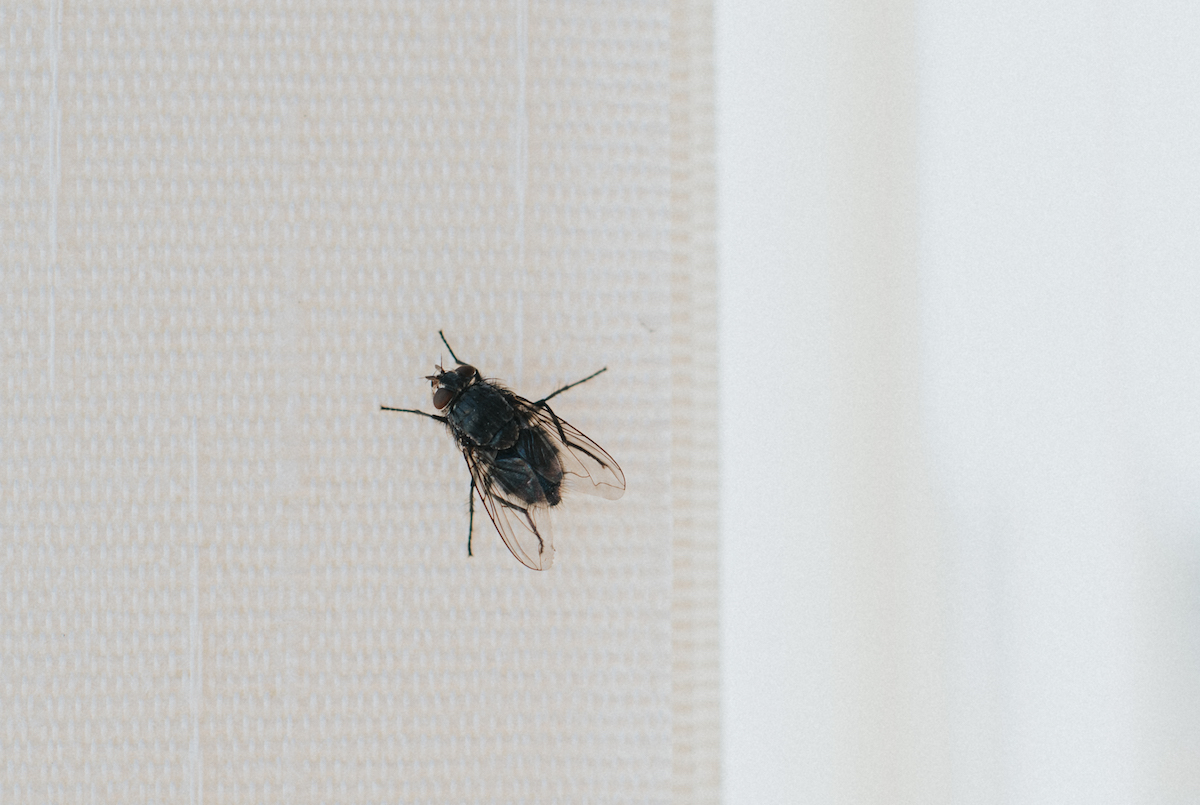
Flies are common pests found near windows, often attracted to food, moisture, or organic matter. The most common types include:
- Houseflies: These dark gray flies are about ¼ inch long and hover near garbage, dirty dishes, or decaying food.
- Phorid flies: Smaller than houseflies, phorid flies have a distinct humped back and prefer damp environments like leaky windows or drains.
- Drain flies: Also known as moth flies, these fuzzy-winged insects breed in slow or clogged drains and are common in bathrooms and kitchens.
Preventing fly infestations involves maintaining cleanliness, sealing food properly, and repairing any moisture issues around windows.
3. Mites
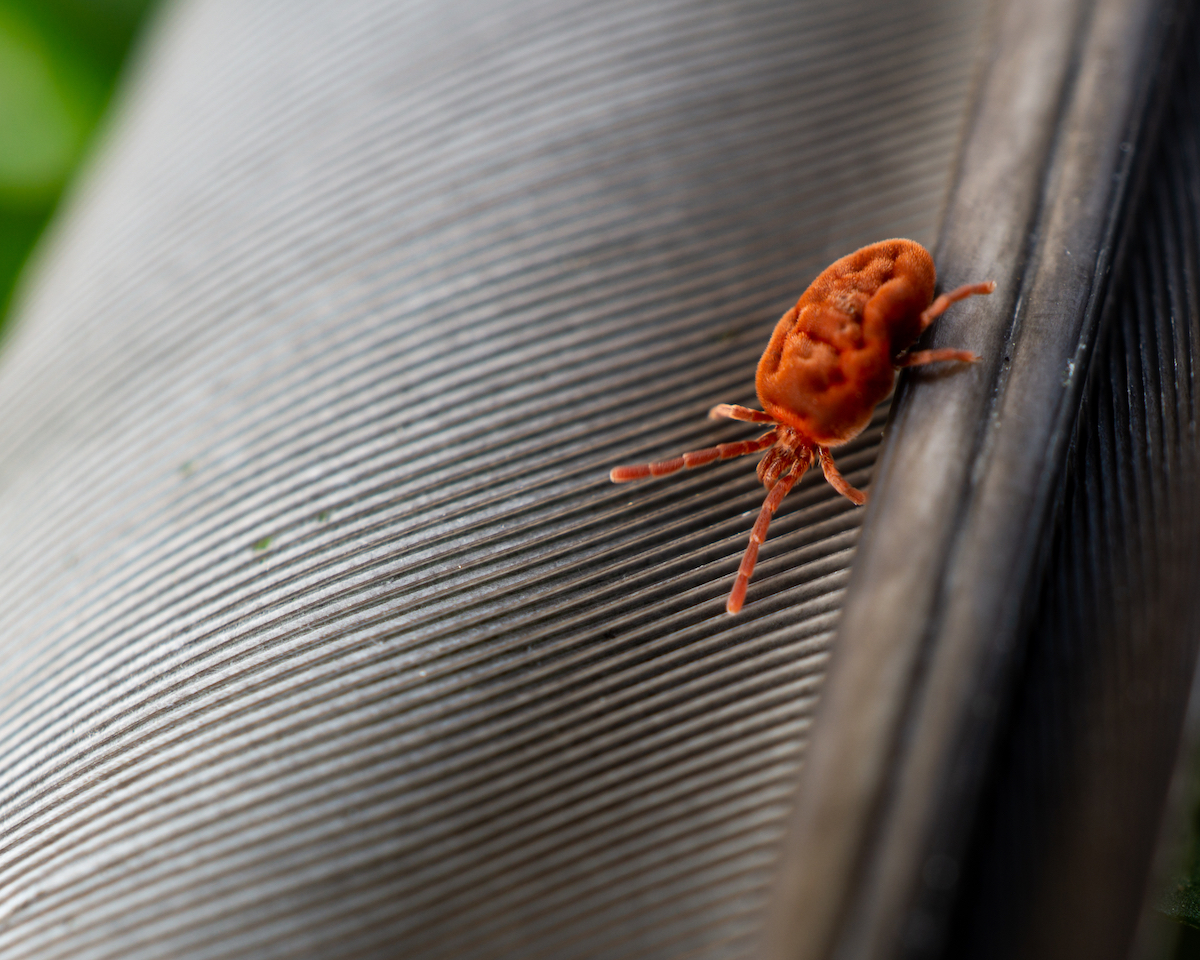
Mites are tiny, often microscopic pests that thrive in household environments. Two common types include:
- Clover mites: Often mistaken for black specks, reddish clover mites leave a red stain when crushed. They are attracted to moisture and can invade homes in large numbers.
- Carpet mites (dust mites): Too small to see with the naked eye, these mites live in textiles and feed on dust and skin cells. Their presence is often linked to allergies and respiratory issues.
Reducing mite populations involves regular vacuuming, controlling humidity, and replacing air filters.
4. Gnats
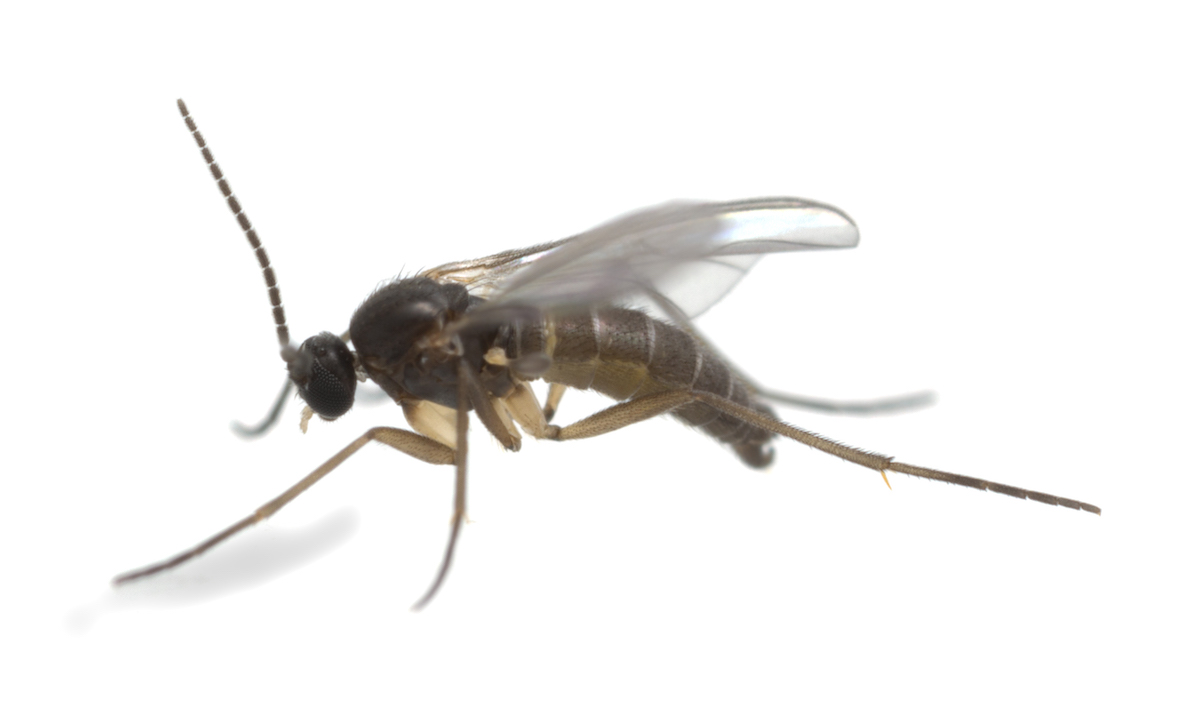
Gnats are small, winged insects that thrive in warm, humid environments. They can become a nuisance, especially when they swarm in large numbers. Some common types include:
- Fungus gnats: Attracted to damp soil, fungus gnats infest potted plants and overwatered areas.
- Fruit flies: These tiny flying insects are drawn to overripe fruit and sugary spills.
- Biting midges (no-see-ums): Unlike other gnats, these tiny insects bite and feed on blood, leaving itchy welts.
To control gnats, keep the home dry, avoid overwatering plants, and use traps like vinegar or sticky tape.
5. Carpet Beetles
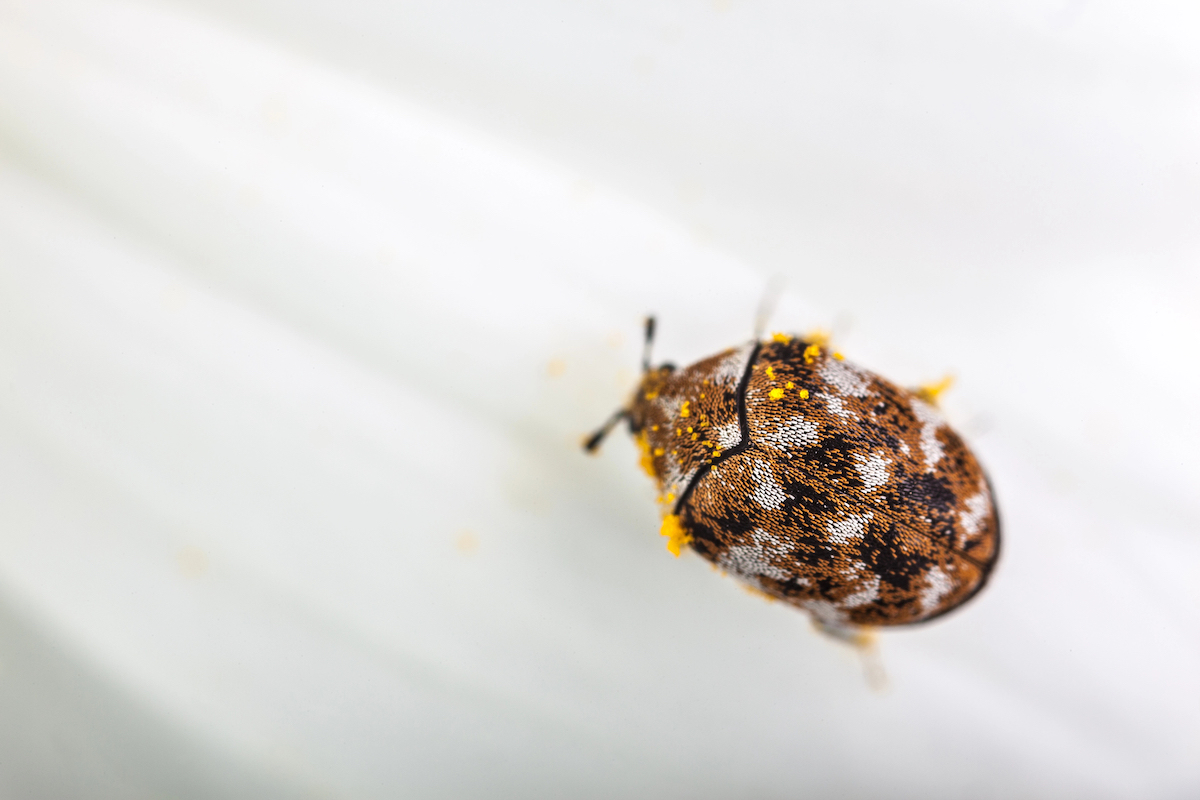
Carpet beetles are small, oval-shaped insects that can damage household fabrics. They lay eggs on materials like wool, silk, leather, and pet hair. While adult beetles feed on pollen, their larvae consume natural fibers, leading to holes in clothing and upholstery. Signs of an infestation include shed skins, fecal pellets, and damage to textiles.
Using diatomaceous earth, essential oils, or professional pest control can help eliminate carpet beetles.
6. Booklice
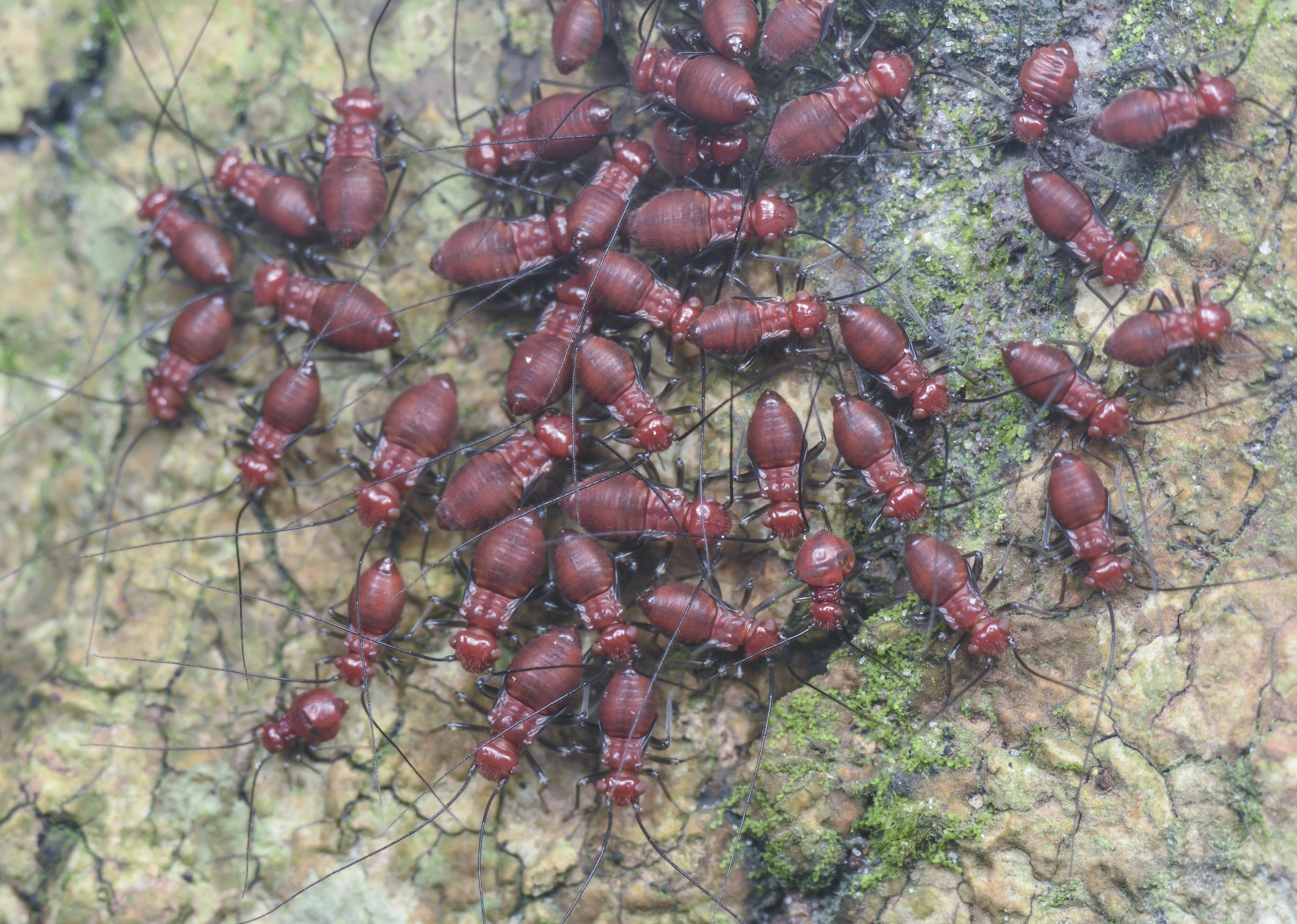
Booklice are tiny, brownish insects that thrive in warm, damp areas. Despite their name, they are not related to lice but instead feed on mold, decaying paper, and organic matter. They are commonly found on window sills, bookshelves, and near indoor plants.
To eliminate booklice, reduce indoor humidity, improve ventilation, and clean affected surfaces with bleach.
How to Prevent Tiny Black Bugs From Coming into Your Home
Preventing tiny black bugs starts with keeping windows clean and sealing potential entry points. Regular maintenance makes it easier to spot gaps or cracks that insects use to get inside. Here are key steps to keep pests away:
- Seal gaps and cracks: Use caulk to fill holes around windows and repair any tears in window screens.
- Apply perimeter treatments: Spray insect repellent around the foundation, doors, baseboards, and any cracks where bugs might enter.
- Store food properly: Keep pantry items in airtight containers to eliminate food sources for pests.
- Reduce moisture: Fix leaks, use dehumidifiers, and ensure proper ventilation to discourage bugs that thrive in humid environments.
- Upgrade insulation: Install or replace weatherstripping around windows and doors to block entry points.
If tiny black bugs keep appearing despite these precautions, replacing old windows with better-insulated ones may help prevent infestations in the long run.
When to Call a Professional
If tiny black bugs continue to be a problem despite preventive measures, a pest control professional can provide a more effective solution. They can identify the source of the infestation, locate entry points, and seal problem areas to prevent future issues. Professionals can also inspect for more serious pests, such as termites, that may have gone unnoticed.
Pest control experts have specialized equipment and treatments designed to handle large-scale infestations. While DIY methods may seem cost-effective, repeated failed attempts can add up, often making professional services the more affordable option in the long run.

